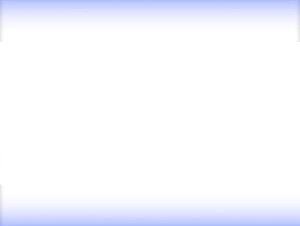Raimund Girke

Enrico Castellani
In 1959, using a regular, geometric arrangement of hazelnuts across which he stretched a monochrome canvas, Enrico Castellani established the fundamental ...
read more 
Oskar Holweck
Bending, creasing, crumpling, folding, pressing, squeezing, stretching, scoring, tearing, slitting, cutting, sawing, singeing, burning – using various ...
read more 
Lucio Fontana
The museum is a conventional institution. Equally conventional is the practice of giving introductory talks at exhibition openings. We won’t waste our ...
read more 
Katharina Fritsch
When, in 1987, as part of the Skulptur Projekte Münster, Katharina Fritsch exhibited her monochrome yellow Madonna Figure in the centre of Münster, positioning ...
read more 
Eugen Gomringer
Eugen Gomringer, who was hailed by Emmett Williams as the father of concrete poetry, saw the poetic text as “a visual object and utensil: an object of ...
read more 
Katharina Grosse
Katharina Grosse’s paintings need neither place nor frame nor canvas. Detached from the painting support, her pictures flow over forms, grow out of granular ...
read more 
Marcia Hafif
Marcia Hafif is one of a group of American artists who pursued a new form of painting in the United States and Europe in the 1970s. This new direction ...
read more 
Alfonso Hüppi
A prominent representative of object art, Alfonso Hüppi is concerned with an aesthetic analysis of form, while also focusing on the usability of everyday ...
read more 
Per Kesselmar
Per Kesselmar shows his fascination with light in his works. In his paintings, the Stockholm-based artist mixes different shades of white paint on large ...
read more 
Yves Klein
“We now reach April 1958 as we prudently and progressively move forward in time. I was preparing for The Pictorial Sensibility in the State of First Matter ...
read more 
Bernd Koberling
… I became a painter in order to be able to express myself with painting, and not just to celebrate painting ...
My Überspannungen came about starting ...
read more 
David Ostrowski
In the space of only a few years, the Cologne-based painter has developed a body of work that approaches, in an almost uncanny way, the idea of a “degree ...
read more 
Robert Rauschenberg (digital)
Letter from Robert Rauschenberg to Betty Parsons about his White Paintings, from Black Mountain College, Ashville, NC, postmarked October 18, 1951
Dear ...
read more 
Karin Sander
The tradition of mural painting goes back to prehistoric times and brings to mind static symbolic positionings and decorative designs created with various ...
read more 
Jan J. Schoonhoven
Zero is not geared to geometry. Although this should be clear in itself, it becomes unmistakable when you compare Zero products with truly geometric objects. ...
read more 
Ulrich Erben
Ulrich Erben’s group of early “white paintings” (1968–1978) is distinguished by their marginal areas of unpainted canvas, initially more or less unprepped ...
read more 
Hans Haacke
The German conceptual artist Hans Haacke developed an activist and critical artistic stance that has an ongoing relationship with its specific political ...
read more 
Astrid Klein
Astrid Klein uses photography and sculpture to address and question the “specific recognition of reality. Moreover, in her [...] paintings, she has staged ...
read more 
Günther Uecker
Early on in his career, Mecklenburg-born artist Günther Uecker turned against the predominant art movements of the 1950s: socialist realism in the GDR ...
read more 
Qiu Shihua
At first glance, the paintings of Chinese artist Qiu Shihua seem to be monochrome, completely white canvases. Yet upon closer inspection, vast landscapes ...
read more 
